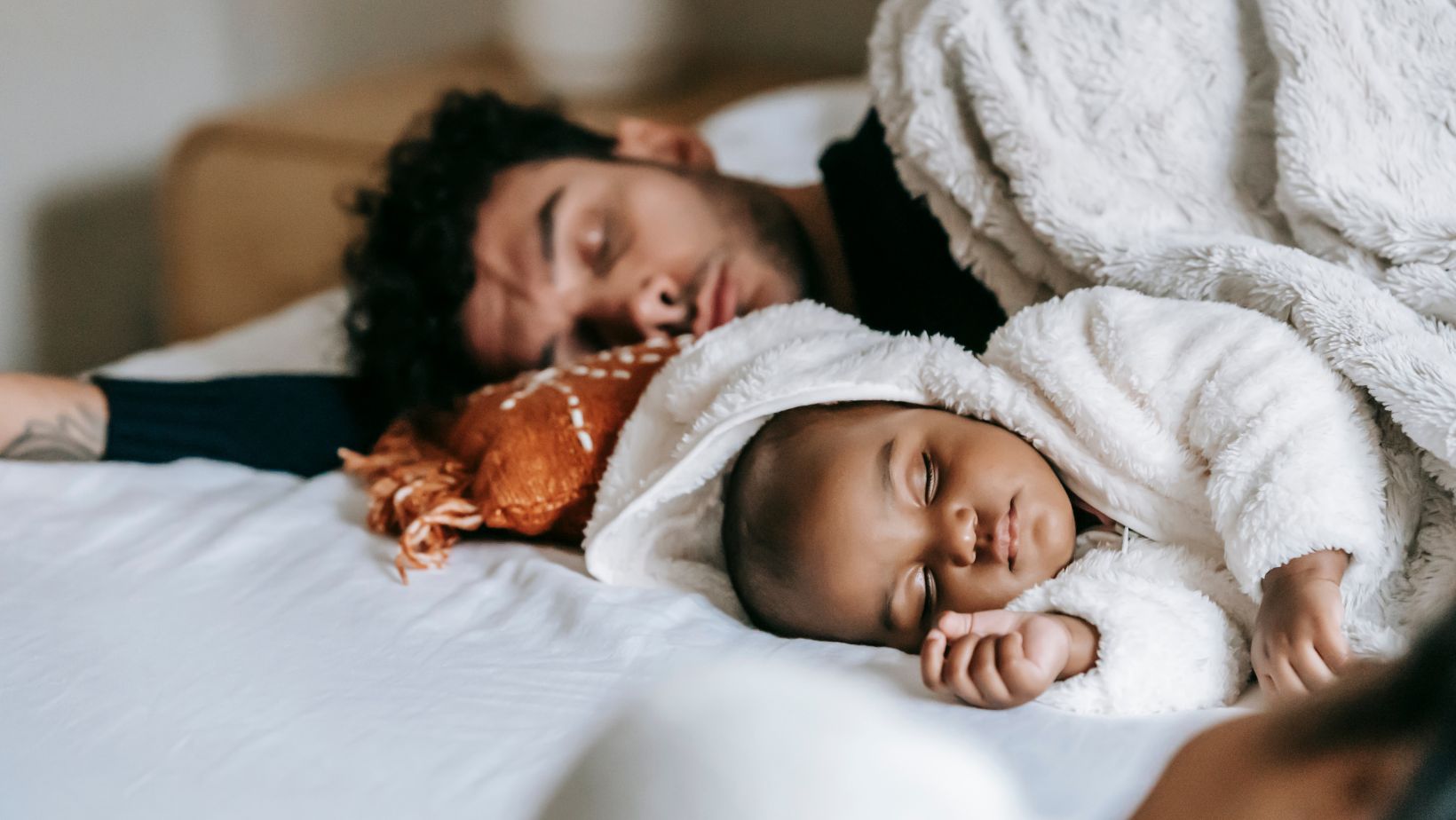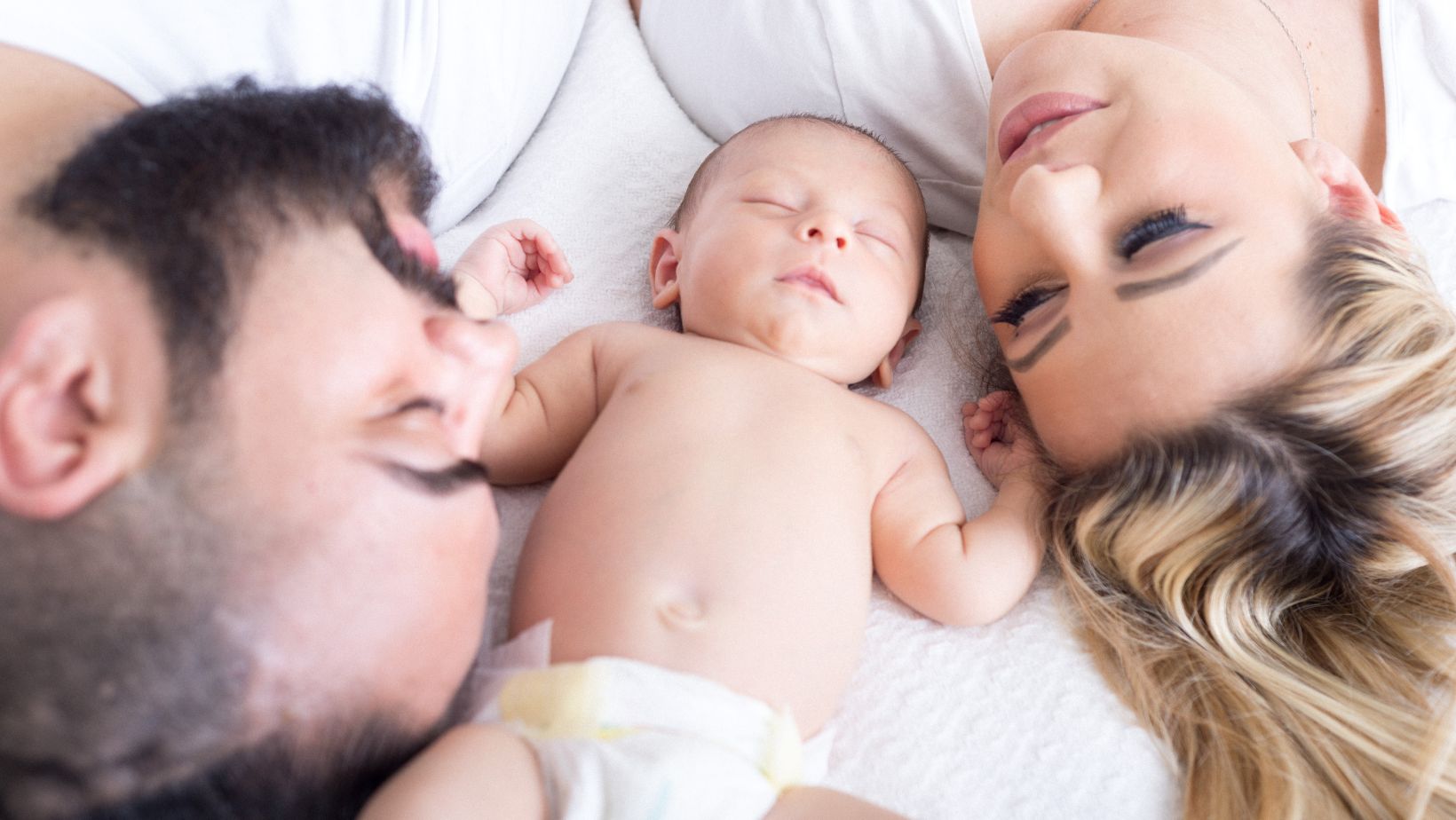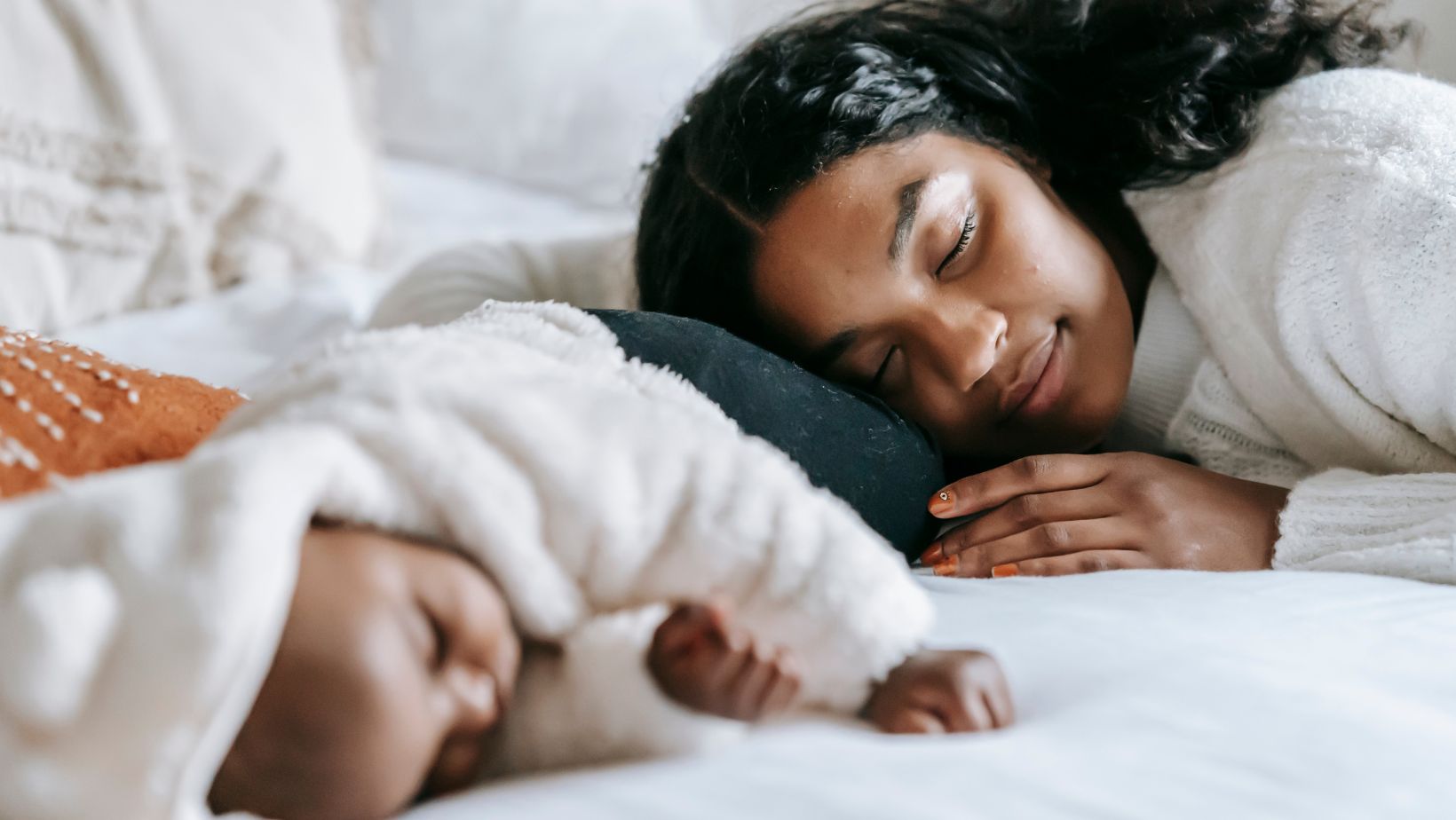
Are you a new parent struggling with the decision of whether or not to co-sleep with your baby? It’s a topic that often sparks debate and confusion among parents. While some swear by the benefits of co-sleeping, others worry about the safety risks.
Co-sleeping, or sharing a bed with your baby, has been a common practice in many cultures for centuries. However, in recent years, it has become a controversial topic in the parenting world. With conflicting advice from experts and mixed opinions from other parents, it can be overwhelming to navigate the world of safe co-sleeping.
If you’re considering co-sleeping with your baby, it’s essential to educate yourself on the proper guidelines and safety precautions. While there are potential benefits to co-sleeping, it’s crucial to understand and mitigate the risks involved. In this article, we will provide a comprehensive guide to safe co-sleeping to ensure a secure sleep environment for both you and your baby.
Benefits of Co-Sleeping With Your Baby
Nighttime Feeding is More Convenient
Having your baby sleep close to you eliminates the need to get out of bed and go to a separate room to tend to their feeding needs. You can quickly respond to their hunger cues and start feeding them without having to fully wake up or disrupt your sleep too much.
Co-sleeping allows for easy access to your baby throughout the night. When your baby is sleeping right beside you, you can easily reach over and comfort them or start feeding them as soon as they wake up.
Improves Emotional Health of the Baby
Co-sleeping promotes a strong sense of attachment and bonding between the baby and their parents or caregivers. The close physical proximity during sleep helps the baby feel safe, secure and loved, which contributes to the development of a secure attachment style. This secure attachment lays the foundation for healthy emotional development and relationships later in life.
However, allowing your baby to sleep with you in your room can be difficult, especially with sleep regression. You can learn how to deal with sleep regression to improve your baby’s sleep and emotional well-being so that they always feel loved and cared for.

With that being said, co-sleeping can lead to improved sleep patterns in babies. When babies sleep near their parents or caregivers, they tend to sleep more soundly and wake up less frequently during the night.
You May Sleep Better
Having your child sleep in the same bed or room can provide you with a sense of security and peace of mind. You can easily monitor Your child’s safety and well-being throughout the night, reducing any anxiety or worry that may disrupt your sleep.
When Can a Baby Start Sleeping with Parents?
Experts suggest that babies should co-sleep with their parents without sharing a bed for at least a year. You can move your baby to another room, but it’s recommended that you wait at least six months. After the baby turns one, he or she can start sharing a bed with you without any risks.
Safety Tips for The Perfect Co-Sleeping Arrangements
Before sharing a bed with your baby, you should eliminate all risks before going to sleep every evening or when taking a nap. Here are some tips for safe co-sleeping arrangements:

- Make sure your baby can’t fall off the bed. Place your baby in the middle of the bed rather than near the edge.
- Remove big blankets, plushy toys, or pillows near the baby’s head to avoid suffocation or overheating.
- Don’t allow pets to sleep in the bed with you and your baby.
- Consider sleeping in safe positions with your baby. The recommended sleeping position for co-sleeping is the C position. This requires you to lie on your side with your body curled around your baby in a C shape.
- Always place your baby on his or her back to prevent SIDS.
Final Thoughts
Co-sleeping with your baby can be a safe and rewarding experience when done correctly. By following the guidelines and safety precautions outlined in this post, you can create a secure sleeping environment for both you and your baby.


















